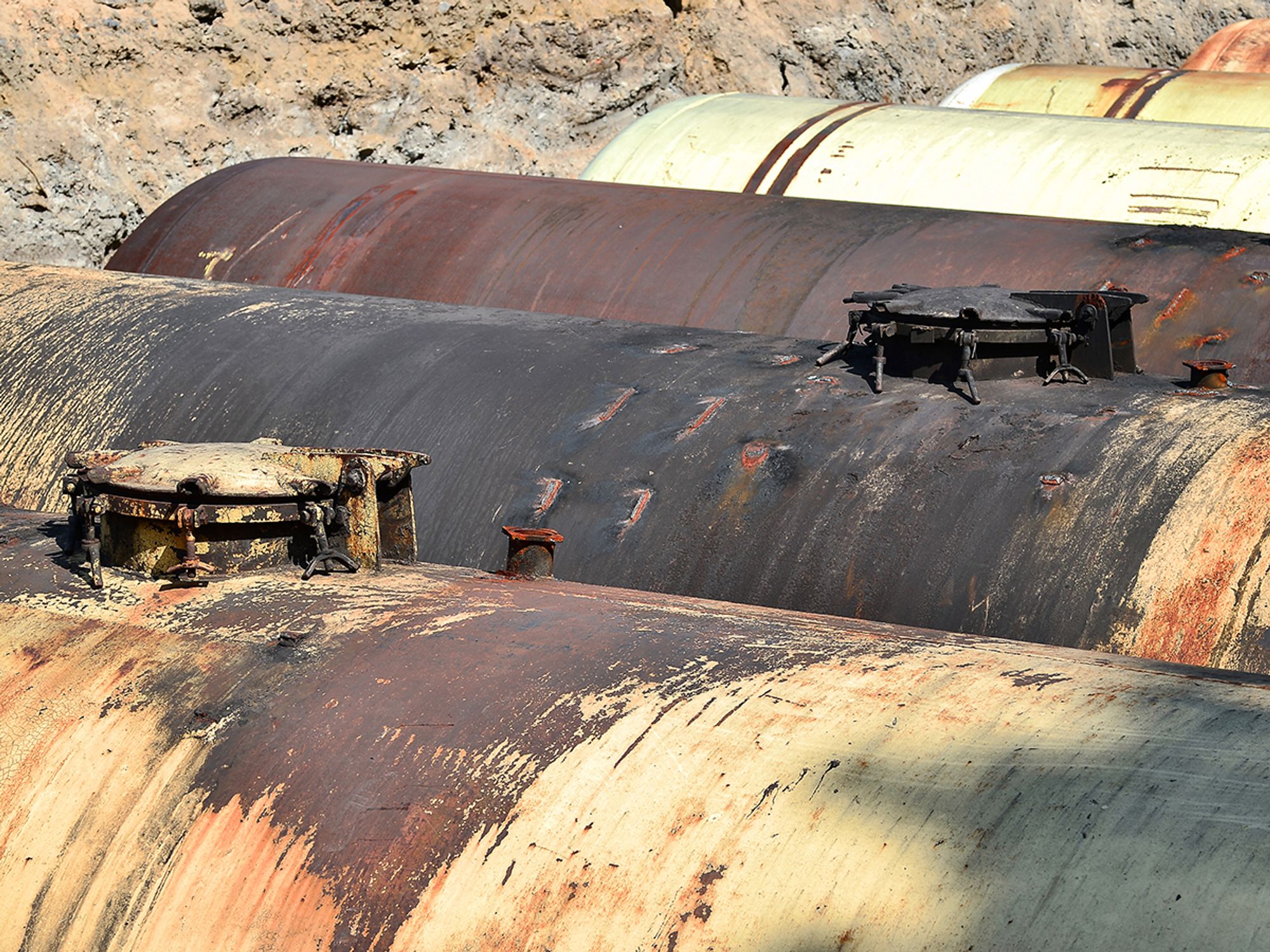Compliance Just Got Easier: Stay ahead of regulatory changes with instant notifications on updates that matter.
['Tank Systems']
['Tank Operators', 'Underground Storage Tanks', 'Tank Systems']
06/26/2025
:
|
InstituteUnderground Storage TanksTank SystemsUSATank OperatorsEnglishAnalysisFocus AreaTank SystemsIn Depth (Level 3)
Tank and piping installation
['Tank Systems']

- Owners and operators need to make sure that installers carefully follow the correct installation procedures called for by industry codes and follow manufacturer’s instructions.
- All new and replaced tanks and piping must meet the secondary containment requirements, including interstitial monitoring.
Tanks installed after December 22, 1988, must be properly installed according to a code of practice developed by a nationally recognized association or independent testing laboratory and according to the manufacturer’s instructions (40 CFR Part 280.20(d)). Some states may require that underground storage tank (UST) installers be certified (in addition to being qualified) to conduct this type of work. Check with the implementing agency to be sure that owners and operators follow the appropriate regulations.
Installation includes excavation, tank system siting, burial depth, tank system assembly, backfilling around the tank system, and surface grading. Many mistakes can be made during installation. For example, mishandling of the tank during installation can cause structural failure of fiberglass-reinforced plastic tanks or damage to steel tank coatings and cathodic protection. Improper layout of piping runs, incomplete tightening of joints, inadequate cover pad construction, and construction accidents can lead to failure of piping.
Owners and operators need to make sure that installers carefully follow the correct installation procedures called for by industry codes and follow manufacturer’s instructions.
In addition, federal regulations (40 CFR Part 280.20(e)) require that owners and operators use one or more of the following methods of certification, testing, or inspection to demonstrate compliance with the installation requirements. They must also provide a certification of compliance on the UST notification form.
To demonstrate compliance with the installation requirements, certify that:
- The installer has been certified by the tank and piping manufacturers or the installer has been certified or licensed by the implementing agency; or
- The installation has been inspected and certified by a registered professional engineer with education and experience in UST system installation; or
- The installation has been inspected and approved by the implementing agency; or
- All work listed in the manufacturer’s installation checklists has been completed; or
- The owner and operator have complied with another method for ensuring compliance with the installation requirements that is determined by the implementing agency to be no less protective of human health and the environment.
All new and replaced tanks and piping must meet the secondary containment requirements, including interstitial monitoring. The Environmental Protection Agency (EPA) considers piping replaced when 50 percent or more of the piping is removed and other piping is installed. In addition, new dispenser systems must have under-dispenser containment.
:
tank-systems
tank-systems
FOUNDATIONAL LEARNING
Tank and piping installation
InstituteUnderground Storage TanksTank SystemsUSATank OperatorsEnglishAnalysisFocus AreaTank SystemsIn Depth (Level 3)
['Tank Systems']

- Owners and operators need to make sure that installers carefully follow the correct installation procedures called for by industry codes and follow manufacturer’s instructions.
- All new and replaced tanks and piping must meet the secondary containment requirements, including interstitial monitoring.
Tanks installed after December 22, 1988, must be properly installed according to a code of practice developed by a nationally recognized association or independent testing laboratory and according to the manufacturer’s instructions (40 CFR Part 280.20(d)). Some states may require that underground storage tank (UST) installers be certified (in addition to being qualified) to conduct this type of work. Check with the implementing agency to be sure that owners and operators follow the appropriate regulations.
Installation includes excavation, tank system siting, burial depth, tank system assembly, backfilling around the tank system, and surface grading. Many mistakes can be made during installation. For example, mishandling of the tank during installation can cause structural failure of fiberglass-reinforced plastic tanks or damage to steel tank coatings and cathodic protection. Improper layout of piping runs, incomplete tightening of joints, inadequate cover pad construction, and construction accidents can lead to failure of piping.
Owners and operators need to make sure that installers carefully follow the correct installation procedures called for by industry codes and follow manufacturer’s instructions.
In addition, federal regulations (40 CFR Part 280.20(e)) require that owners and operators use one or more of the following methods of certification, testing, or inspection to demonstrate compliance with the installation requirements. They must also provide a certification of compliance on the UST notification form.
To demonstrate compliance with the installation requirements, certify that:
- The installer has been certified by the tank and piping manufacturers or the installer has been certified or licensed by the implementing agency; or
- The installation has been inspected and certified by a registered professional engineer with education and experience in UST system installation; or
- The installation has been inspected and approved by the implementing agency; or
- All work listed in the manufacturer’s installation checklists has been completed; or
- The owner and operator have complied with another method for ensuring compliance with the installation requirements that is determined by the implementing agency to be no less protective of human health and the environment.
All new and replaced tanks and piping must meet the secondary containment requirements, including interstitial monitoring. The Environmental Protection Agency (EPA) considers piping replaced when 50 percent or more of the piping is removed and other piping is installed. In addition, new dispenser systems must have under-dispenser containment.
2656866831
2656872539
UPGRADE TO CONTINUE READING
J. J. Keller is the trusted source for DOT / Transportation, OSHA / Workplace Safety, Human Resources, Construction Safety and Hazmat / Hazardous Materials regulation compliance products and services. J. J. Keller helps you increase safety awareness, reduce risk, follow best practices, improve safety training, and stay current with changing regulations.
Copyright 2025 J. J. Keller & Associate, Inc. For re-use options please contact copyright@jjkeller.com or call 800-558-5011.
